War Above the Trenches: Gotha III
The Aircraft
In early 1915 the Gothaer Waggonfabrik AG bought the licence to manufacture the Friedel-Ursinus "Kampfflugzeug" ("Battle plane"). Their new twin-engine aircraft received the name Gotha G.Ie. Eighteen of this type were built. The Gotha G.I had many technical problems connected with a lack of experience in producing similar type planes. But soon Gothaer Waggonfabrik found the support of the military command, which had strategic plans to attack the British Isles from the sky.
At the end of 1915, Idflieg ordered ten new bombers. Gotha's chief designer, Hans Burkhard, modified the G.I - now the fuselage was placed closer to the lower wing, and the centre of gravity also changed. Two powerful Mercedes II.III engines powered the Gotha G.II. Initially the G.II had an eight-wheel main undercarriage which reduced the danger of a nose-over, but addressing the problems associated with this innovation were not followed-up completely. Finally, the Gotha G.II had received the usual four-wheeled undercarriage. The crew consisted of three - a bombardier-gunner in the front turret, a pilot in a central cockpit and a gunner in the rear.
Main fuel tanks were housed in the large streamlined engine nacelles. Special bomb racks inside the fuselage could carry up to fourteen 10-kg bombs. Serial production of the G.II started in April of 1916, ten of these bombers were built, but only eight of them reached Staffel 20 of Kampfgeshwader 4. The engines had many technical problems, and the G.II was used operationally only for a very short time. At the same time Hans Burkhard developed a new bomber - the Gotha G.III.
Virtually identical to it's predecessor (apart from the fin and rudder outlines). New, more reliable Mercedes II.IVa engines powered this aircraft. The "Useful Load" of the new plane had increased to 225 kg.,and Idflieg ordered 25 G.IIIs. Almost all of the aircraft that were built were delivered to Kampfgeshwader 2. The Gotha G.III reached the front in the autumn of 1916.
After October of 1916, Kasta 20 operated on the Balkan front and used this type. The combat service of the G.III was very limited, but they accomplished some important missions like the destruction of the railway bridge over Donau at Chernavoda, and this was a serious problem for the Romanian troops and their reinforcements. In September of 1917, all surviving Gotha G.IIs and G.IIIs were retired from active combat units and delivered to training units.
The Model
The Roden models of this iconic German bomber have been around for nearly two decades, and include the principal types, from the earlier versions right up to the G.V series, which includes the G.Va/b. All are presented in 1/72 scale.
The version here is from the G.II/G.III kit, the specific aircraft modelled being w/n 389/16, Kagohl 2, Staffel 19, Balkan Front, late 1916.
I used the PART aftermarket set, a double fret of finely detailed photoetch. It's fair to say that use of the PART set lifts the kit to another level; PART produces sets for the complete series of Roden Gotha aircraft.
To note, the airfield “dolly” is from various scratch items and not part of the kit, as such.
This is a complex model by any standards, both because of the scale and because of the challenges of modelling a kit produced with older-style technology within the context of more modern photoetch detailing, and can be recommended on that basis.
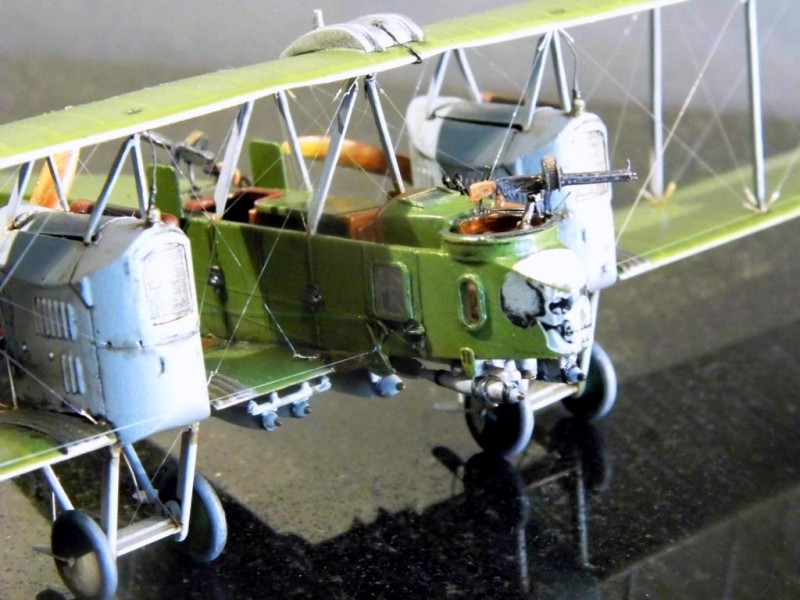
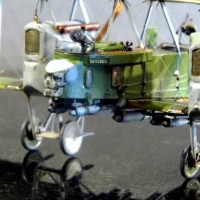
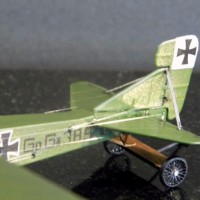
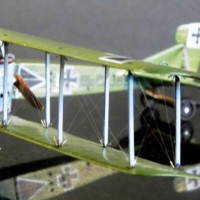
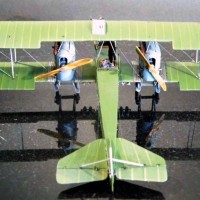

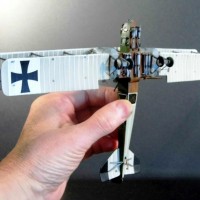

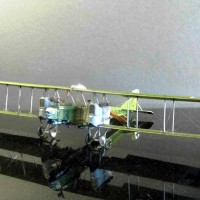
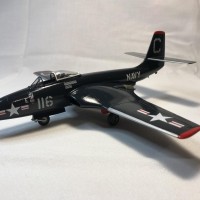
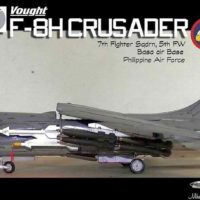
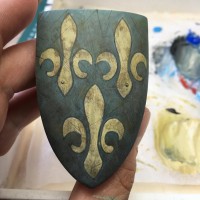
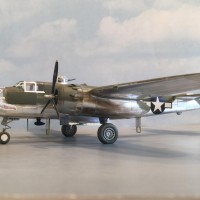
@robbo
The level of detail you can master is magnificent, especially in this scale... An absolute fine build Rob!
Thanks, Michel.
Michel stole my line.
😀 Better be fast than sorry!
Don’t let Michel intimidate you. Slow is also good.
An amazing build for sure, lovely, great work Rob, a masterpiece.
Cheers, Marc. A hundred hours, give or take.
Rob @robbo, Just simply amazing. This is quite a jewel of a model. Well done!
When you consider that the model AND the aftermarket PE together cost only £30, I’d say I got my money’s worth. ?
Superb, Rob! Your many skills are inspiring. This is SOOOOO impressive on so many levels.
@robbo
Thanks, Jeff. Much appreciated.
I like to save the word "masterpiece" for instances like this. This is one fantastic build, at any scale, but especially 1/72. Great job Rob!
Very kind, Gary. Cheers.
Fantastic. Rigging stops me from doing 1:48 bi-planes, I'd be a basket case trying it in 1:72
Thanks, George. That’s me in the corner, with my basket.
I agree with George - no way I would even attempt that rigging in 1/72. I can struggle through at 1/48, but barely... This is one Gotha that would fit on a shelf, unlike the WNW one I keep wanting to 'add to cart' 🙂 really nice work Rob.
Thanks, Paul. I think it’s useful to consider the practicality of very large models in most modellers’ homes.
Another beauty Rob! I never tire of seeing your work. Such attention to detail, excellent paint and finish, and such unusual subjects. A real winner.
Cheers, Greg. Loving your current archive series.
A fantastic job, Rob!
Thanks, Robert.
Rob, like I’ve mentioned in an earlier occasion, your work in the one true scale is baffling. The amount of petit details you accomplish makes the model more akin a 1/32 scale. Great work!
Thanks very much. A challenging project, to be sure.
This is exquisite. Sometimes I find fitting pieces of plastic together rather unsatisfying, and for me the painting and artistic side of modeling is where I find the deeper joy. However in this project I feel there’s another level beyond building and painting that is about balance, space, and geometry. To achieve that balance requires patience, vision, and manual dexterity that verges (for me) on a form of meditative practice in order to execute properly. That is a hell of a skill set, Rob. Huge well done.
You’re very kind, David. Thanks.
Rob, I always enjoy a well made WW1 airplane, as we have here. I really like the skull marking on nose. It almost looks 3D like a wood carving. Well done !
Cheers, Terry. Comment much appreciated.
Very interesting model indeed. Well put together.
Never knew about such elaborate nose art for WWI, let alone any other period.
Yes, I am a newbie. Learning heaps from iModeler presentations such as this fine example.
Thanks for showing.
Glad you found the project of interest, Peter.
You got to have quite a mileage in building WWI airplanes, to start something like this... and finish it. Especially in 1:72 scale. Just beautiful.
Thanks, Igor. Everyone seems to be going bigger and I’m going smaller!